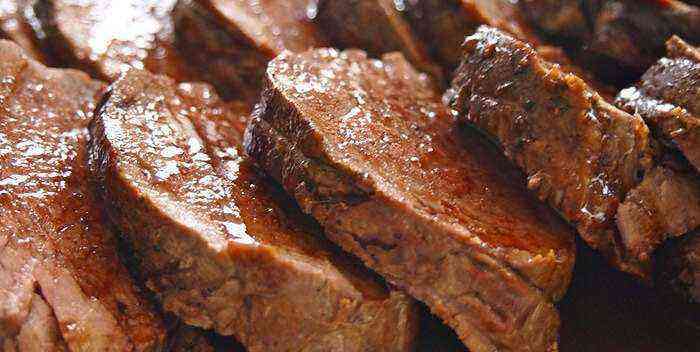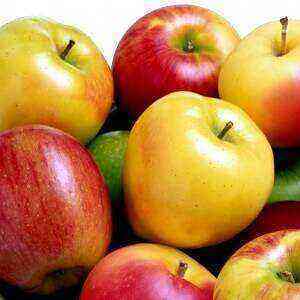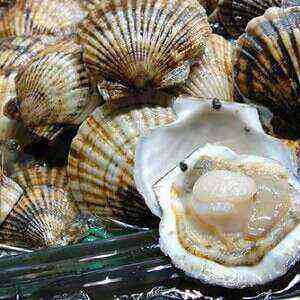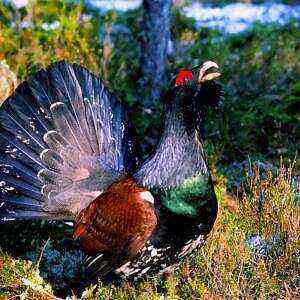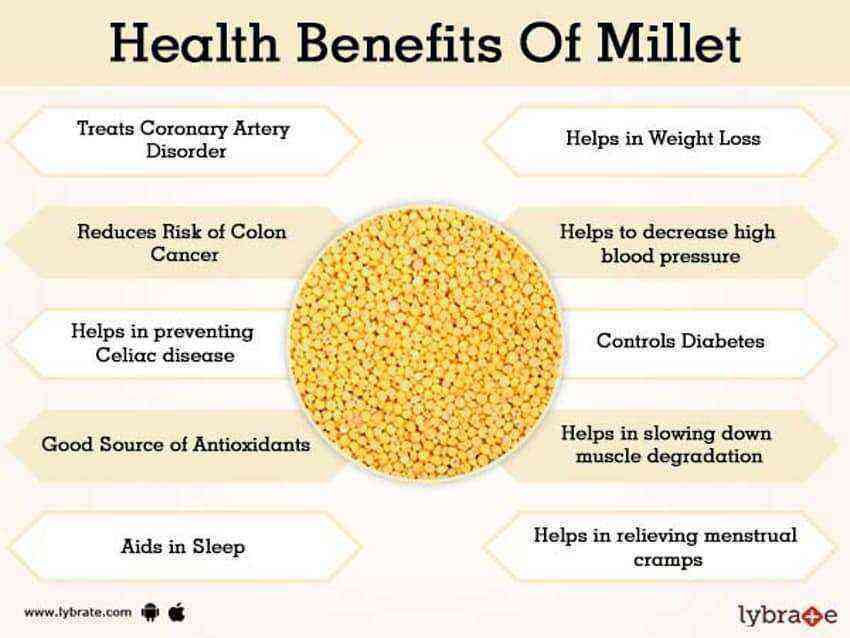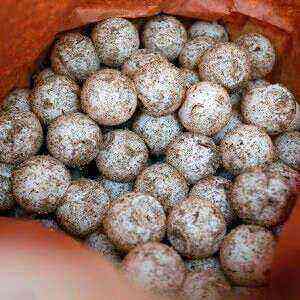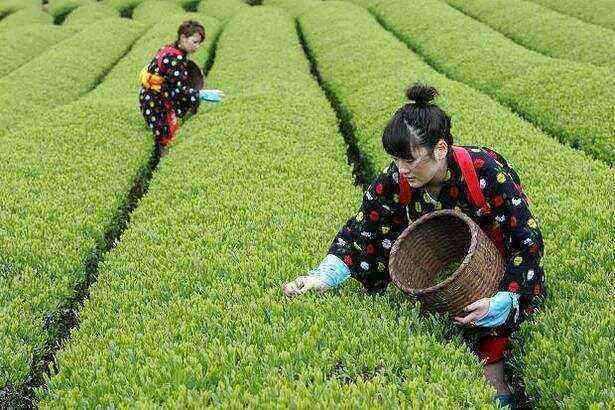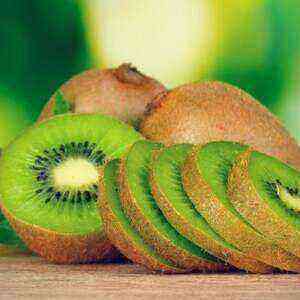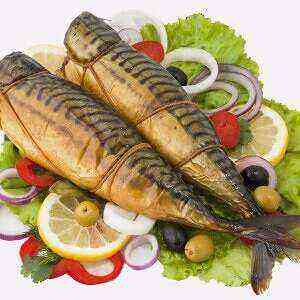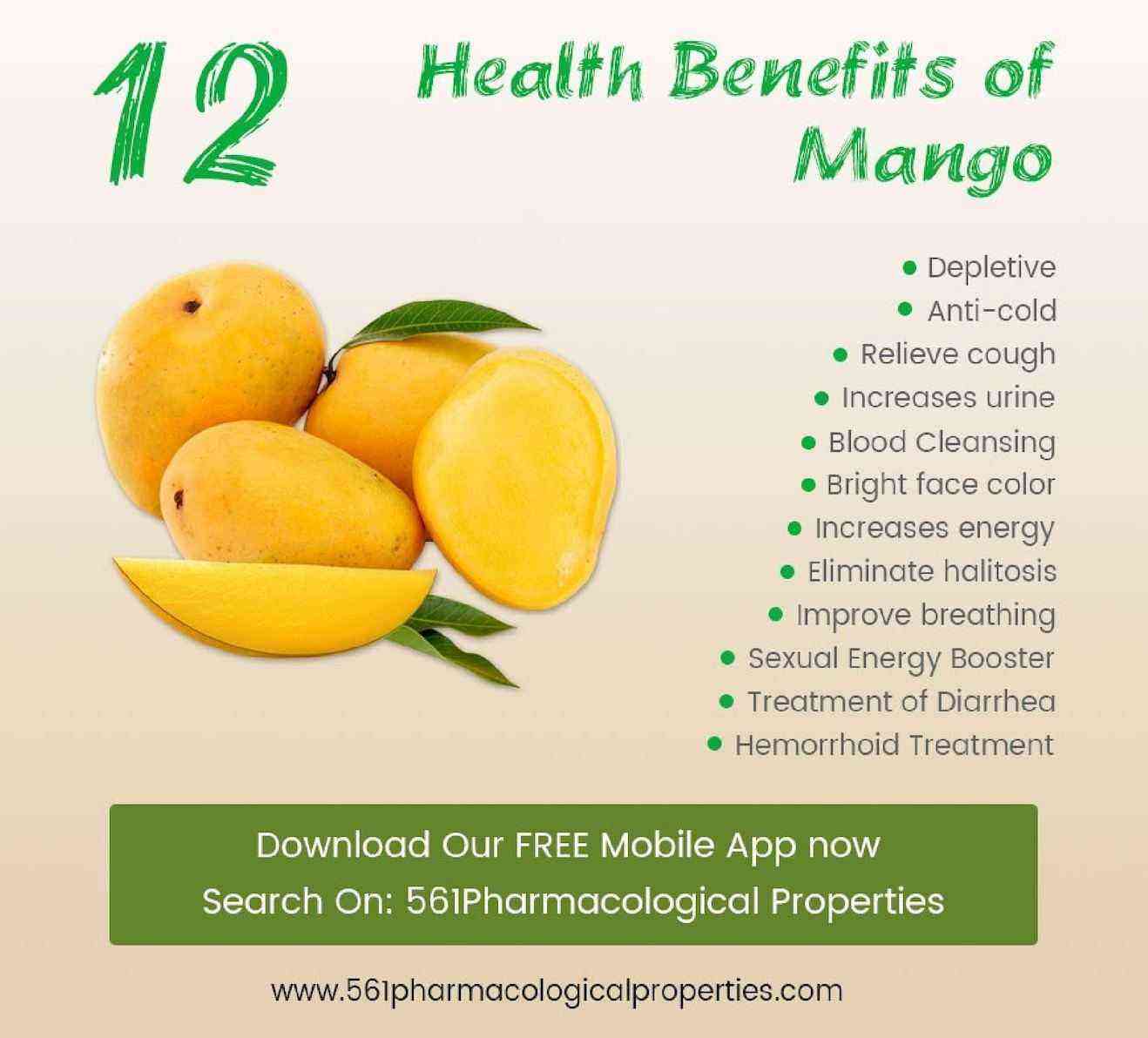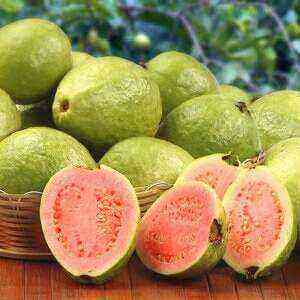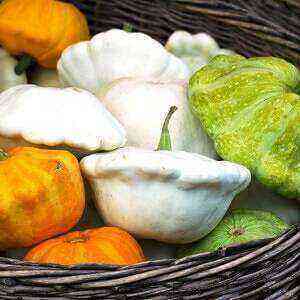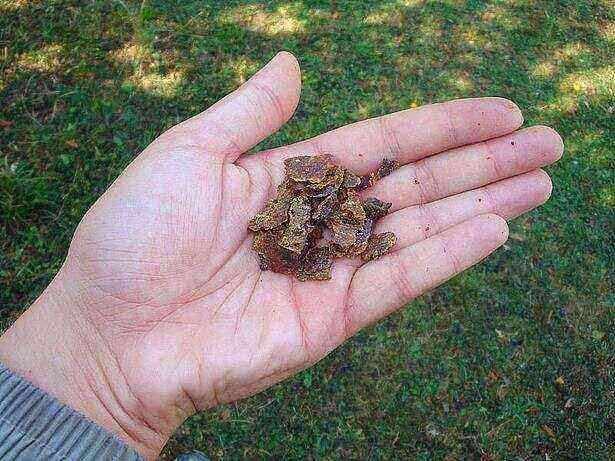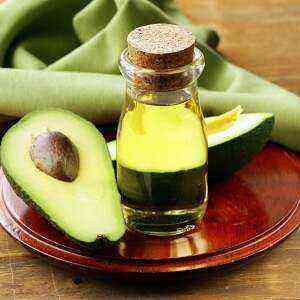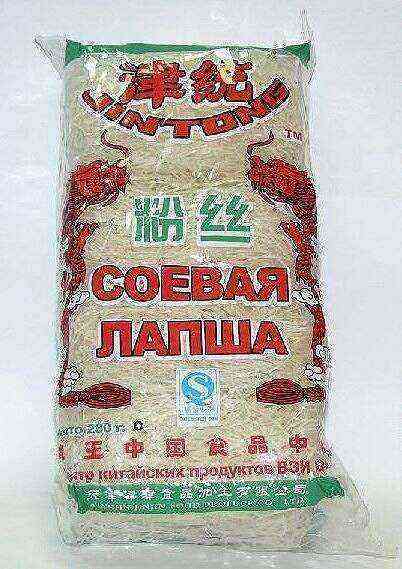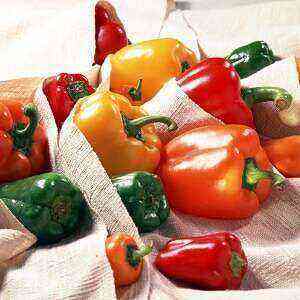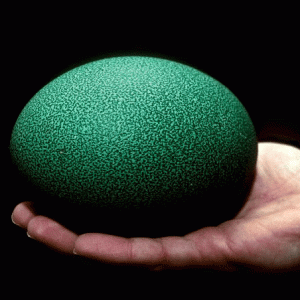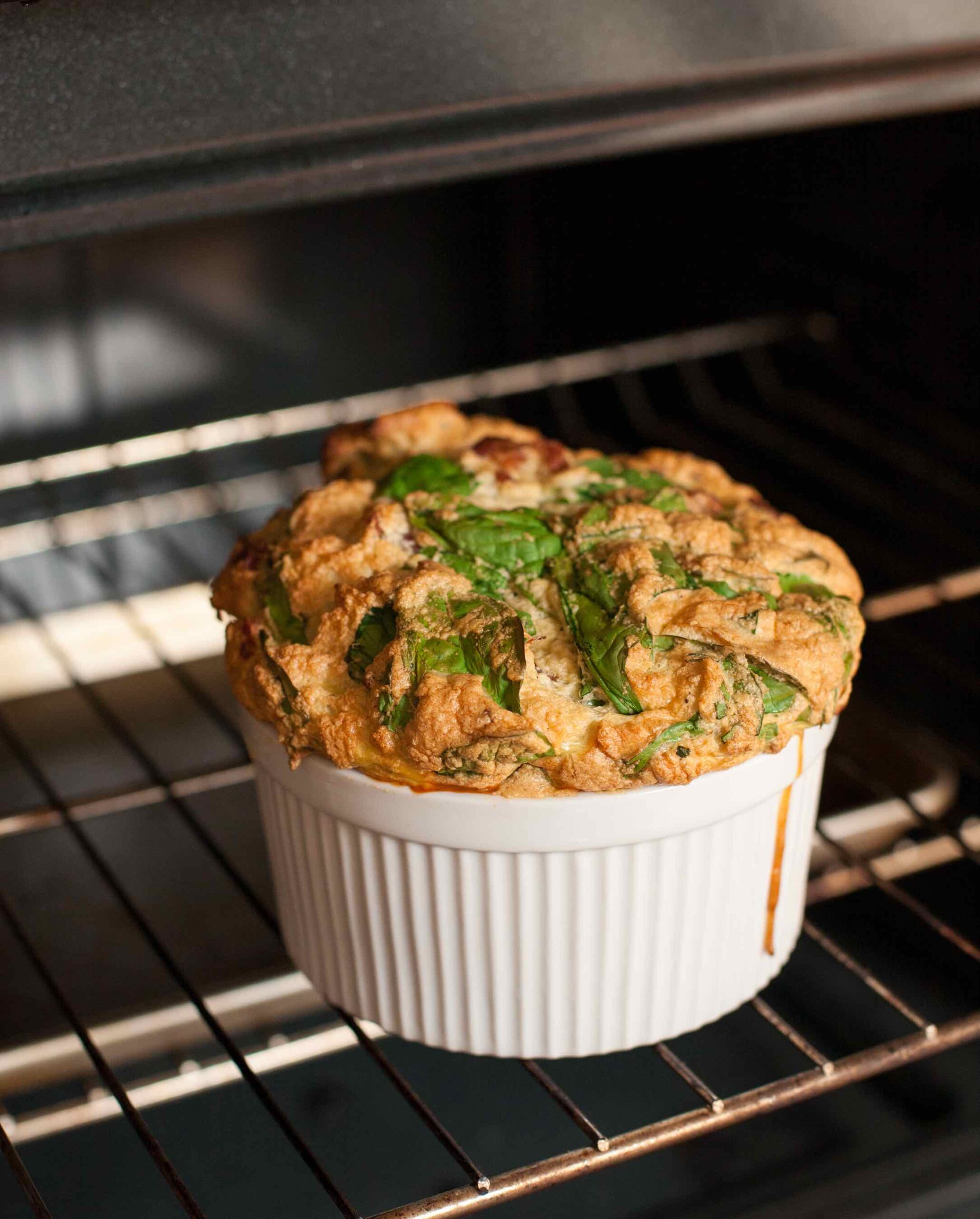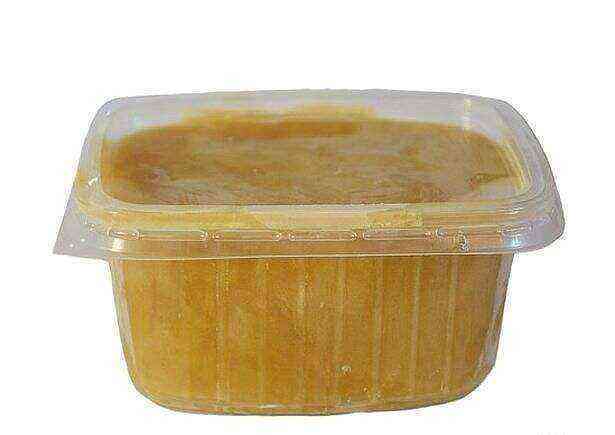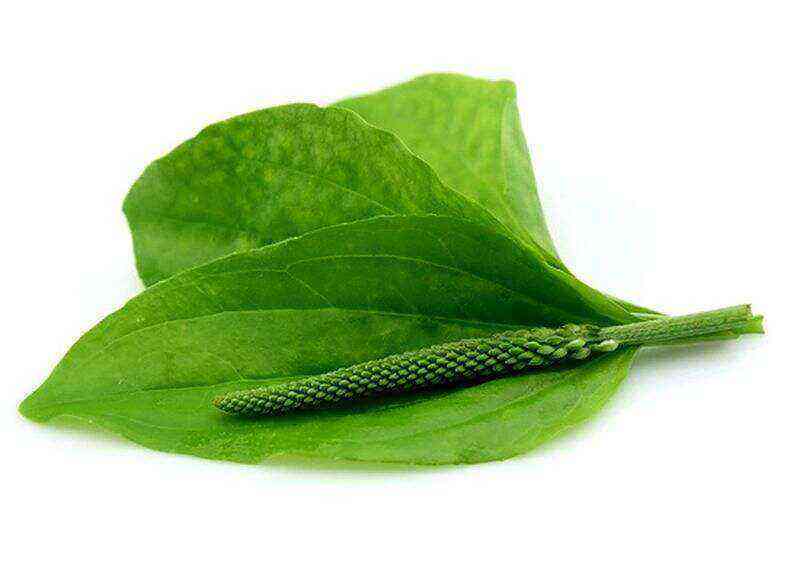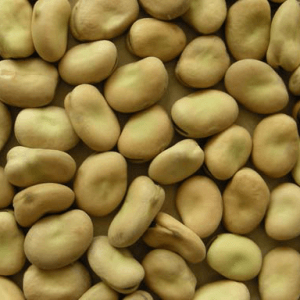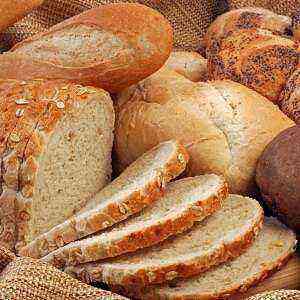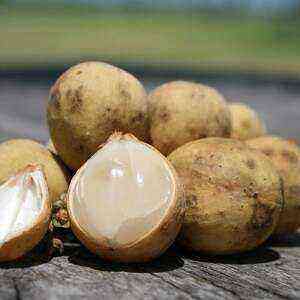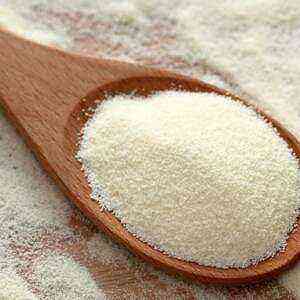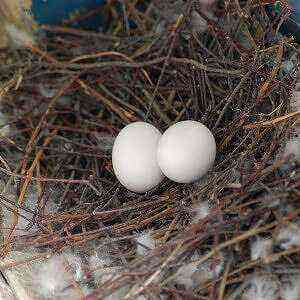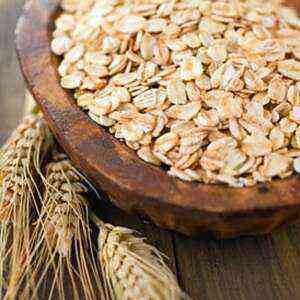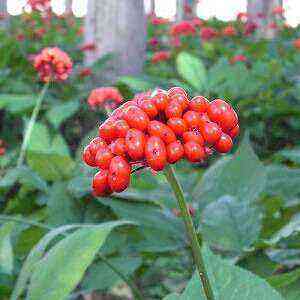
Botanical description
Ginseng has a branching, fusiform, taproot, 0,7-2,5 cm thick and reaching 25 cm in length. As a rule, large longitudinal or spiral-wrinkled branches extend from it. The “body” of the root is cylindrical with pronounced annular thickenings at the top, forming an apical bud. Leaves are palmate-shaped, long-petiolate, converging into a whorl at the top of the stem. The flowers are small, pale green, collected in an umbrella. Visually resemble stars. The stem is single, hollow inside. Plant height – 30-70 cm.
The fruit is a drupe with two flat seeds, bright red in color. Ripening period – August-September. Seeds are wrinkled, irregularly rounded with a spout at the base, yellowish-gray in color.
Chemical composition
For medicinal purposes, the underground part of ginseng is used – the root. Preparations based on it have a mild relaxing effect on the human central nervous system. This category of medicines refers to synergists that are used instead of phenamine, pyrotoxin, caffeine and camphor as natural stimulants.
Active ingredients of the root:
- xatriols;
- saponins: ginsenosides (panaxosides);
- biologically active polyacetylenes (falkarintriol, panaxinol, panaxidol, panaxitriol, heptadeca-1-ene-4,6-din-3,9-diol, falcarinol);
- polysaccharides (alkali-soluble – up to 10%, water-soluble – up to 38,7%);
- essential oils (sesquiterpenes account for up to 80%);
- fatty acid;
- phytosterols;
- peptides;
- mucus, resins, pectin, organic acids, sucrose;
- vitamins (B5, B9, PP, C), amino acids;
- trace elements: manganese, molybdenum, copper, cobalt, chromium, titanium, zinc, iron.
The amount of mineral substances in the underground part of the plant increases towards the end of the growing season.
Useful and harmful properties

The positive impact of the “root of life”:
- Restores strength after exhausting physical exertion.
- Supports the human nervous system, relieves anxiety, cures neurasthenia, stimulates the respiration of brain cells.
- Accelerates wound healing, relieves inflammation, disinfects, strengthens teeth.
- Improves gas exchange in the respiratory system.
- Increases the secretion of bile, normalizes carbohydrate metabolism by lowering blood sugar, helps to reduce weight, reducing the risk of obesity.
- Strengthens hair follicles, improves blood circulation in the scalp, and prevents hair loss.
- Activates the activity of the adrenal glands.
- Increases light sensitivity of the eyes.
- Strengthens the immune system, prevents seasonal colds.
Interestingly, ginseng root has a special effect on the body of men. The saponins included in the plant stimulate the sexual activity of the stronger sex. With regular use of ginseng (within 2 months), sperm motility increases, and sexual function improves. As a result, male power problems gradually disappear. To increase the effectiveness of treatment during the period of therapy, it is recommended to stop drinking coffee, since the drink causes excessive stimulation and excitability.
Despite all the uniqueness of the plant, with the uncontrolled use of tinctures or preparations, ginseng can harm the body. With prolonged use, biological substances begin to accumulate in organs and tissues, which leads to an increase in blood pressure, dizziness and nausea. Ginseng shampoos can cause allergies that resemble seborrhea in symptoms – dandruff, intense sebum production.

- acute respiratory diseases;
- hypertension;
- pregnancy and lactation;
- insomnia;
- hyperthyroidism;
- increased nervous irritability;
- idiosyncrasy;
- age to 12 years.
To avoid problems with sleep, the “root of life” is taken before lunch, as it has an exciting effect on the human body.
“Red ginseng” with honey
It is a general tonic. According to the experimental data of the Korean National Institute of Ginseng, it was found that it slows down the aging process of the body, increases the immune defense, and prevents the development of cancer. In addition, it enhances detoxification, increases energy production in cells, protects against atherosclerosis and diabetes mellitus, and stimulates the utilization of oxygen by cells.
The method of preparing a healing potion according to the method of Vladimir Bolibok
Wash fresh ginseng root (1 part), grate and add to warmed honey (5 parts). Cook the resulting mass for 1 hour over low heat, cool and transfer to a sterilized glass jar. Store in a dark place. The healing elixir is prepared exclusively in an enamel pot, which does not kill its beneficial properties.
Interestingly, heat treatment of raw materials enhances the healing properties of the root by converting some of the polysaccharides (starch) into oligosaccharides (caramel). The output is a product with a rich brick shade.
Consume before breakfast, in the interval from 8.00 to 11.00, 5-10 ml. As a preventive measure, “red ginseng” with honey is drunk from October to March, when the immune status of the body decreases.
The therapeutic and prophylactic dose is increased to 15-20 ml per day and is distributed 2 times: on an empty stomach in the morning and before lunch.

- increased mental and physical activity, chronic fatigue;
- prevention of colds in autumn and winter;
- radiation exposure both when radionuclides enter the body and from an external source;
- neuropsychic exhaustion, chronic stress (feelings of anxiety, fear, depression);
- elderly, senile age (for the rejuvenation of organs and systems);
- recovery period after surgery, illness and injury;
- chronic intoxication (with alcohol, drug addiction).
“Red ginseng” is a potent remedy that requires strict adherence to the prescribed doses. In case of drug abuse, the following reactions from the body may occur: neck muscle tension, tachycardia, hair loss, insomnia. When these symptoms appear, the drug is completely stopped or the dosage is reduced.
Contraindications:
- hypertension;
- pregnancy, age up to 12 years;
- severe neuropsychiatric diseases, convulsions;
- encephalopathy (increased intracranial pressure);
- thyrotoxicosis (Graves’ disease, hyperfunction of the thyroid gland).
Ginseng with honey is an adapagen that helps the body save energy and restore strength. Fights overwork, anemia. It is used to activate skin cells: regenerate and improve metabolic processes. Ginseng honey is used in cosmetic soaps, lotions and creams. It helps to get rid of wrinkles, pale skin, freckles and eczema.
Traditional recipes

Ginseng Recipes:
- To improve memory, lower cholesterol levels, improve the functional state of the heart. Fresh ginseng root is mashed in a blender, 15 mg of the resulting mass is mixed with 30 ml of freshly squeezed grape juice. Consume 30 drops once a day.
- For skin infections, pains and calluses. To prepare a healing paste, you will need 30 g of dry crushed ginseng and 50 ml of hot water. Mix the ingredients, leave for 3 hours, then warm up in a water bath, stirring regularly, cool. The ointment is applied to the affected areas for a quarter of an hour, after which it is washed off with warm water. Apply as needed 2-4 times a day.
- With bronchitis. To accelerate the excretion of sputum and relieve inflammation in the upper respiratory tract, a decoction is prepared from the roots of ginseng (30 g) and water (200 ml), which is boiled for 5 minutes. Filter the drink, drink it warm, 150ml 3 times a day.
- To improve metabolism and get rid of anemia. Cooking principle: mince ginseng roots (100 g), add warmed honey (900 g). Stir the contents, leave to infuse for four weeks in a dark place, stir regularly. The course of treatment is 8 weeks. Take 2,5 ml before breakfast.
- To improve immunity. Pour boiling water over the powder from the dry root, adhering to the ratio 1: 10, wrap the container with a towel, wait 10 minutes. Take 15 ml of ready-made tea 20 minutes before meals 3 times a day for 30 days. After a month, repeat the course of treatment.
- To improve the functioning of the digestive tract and increase efficiency. Honey extract of ginseng (5 ml) is added to hot boiled milk (200 ml), the mixture is cooled to 40 degrees and added to the fermented milk culture. The yogurt is shaken, taken half an hour before meals, twice a day, 200 ml.
Ginseng root extract is produced in capsules of 0,75 g, 1 g and in the form of tinctures. For fortification of the drug, lyophilized royal jelly, vitamins A, E, C, D, B, phosphorus, potassium iodide, zinc and calcium sulfate, iron iodine fumarate are introduced into its composition. The treatment regimen depends on the disease and is prescribed by the attending physician. Ginseng preparations are used to combat anemia, arrhythmia, arthritis, atherosclerosis, bronchitis, hypotension, headaches, influenza, depression, diabetes mellitus, toothache, impotence in men, nervous and physical exhaustion, flatulence, calluses, muscle pains and cramps runny nose and cough, neurasthenia, baldness, indigestion, impaired vision, acne.
Ginseng tincture

Principle of use: 30-50 drops 40 minutes before meals three times a day (can be diluted in water or juice). The maximum safe daily dose for an adult is 200 drops. The tincture has an exciting effect on the human body, which is why it cannot be taken immediately before bedtime. While consuming ginseng, it is strictly forbidden to drink alcoholic beverages.
In case of an overdose of the drug, side reactions are observed: the body temperature rises, rashes appear on the skin, dizziness, nausea, vomiting, insomnia, tachycardia, a sharp jump in blood pressure occur.
Contraindications to use: hypertension, hyperexcitability, allergies, pregnancy, lactation, age up to 16 years, insomnia.
Tincture recipes:
- From a dry root. Pour ginseng powder (30 g) with vodka (1 l), leave for 4 weeks, strain. Take for 2,5 months, repeat the course after 30 days.
- From a fresh root. Rinse the raw materials thoroughly, peel off the ground, dry, then puree in a blender. Pour ginseng gruel (100 g) with vodka (1 l), leave for 1 month, periodically shaking the mixture, drain. Use within 30 days, after a ten-day break, repeat the course.
To prepare the tincture, you can use 40% or 50% alcohol instead of vodka. Store the healing elixir in a glass jar in a dark place, tightly closed.
The tincture is recommended for women at the planning stage of pregnancy, as it stimulates blood circulation in the small pelvis. At the same time, immediately after conception, the product is contraindicated for use.
Interestingly, the ginseng tincture contains saponin, which stimulates reproductive function in men. It serves as a powerful libido stimulant, dilates blood vessels, improves sperm quality, promotes erection, and stimulates the sex glands. The tincture is used to enhance potency, relieve fatigue and signs of overwork. It has a beneficial effect on the organs of the endocrine system.
Before treatment, you need to consult a doctor.
Hair Benefits

Benefits for hair:
- increases the elasticity of the scalp, nourishes it and protects it from dehydration;
- stops hair loss;
- relieves dandruff;
- strengthens hair follicles;
- gives natural shine to strands, making them smooth and manageable.
A distinctive feature of hair care products with ginseng is fast performance. The positive effect can be seen already after the first application. You can buy ginseng tincture at a pharmacy or do it yourself. It is rubbed into the roots at least 2 times a week. After applying the product to the hair, put a plastic bag on the head, wrap it with a warm towel, and wait 30 minutes. The tincture is washed off or left until completely absorbed.
Cooking variations:
- From fresh ginseng root. Wash the raw material, dry it, grind it and pour it over with alcohol, observing the ratio of 1: 10. Insist for a month in a dark place, strain before use.
- From dry ginseng root. For preparation, it is enough to pour powder (30 g) with vodka (1 l), leave to infuse for 3 weeks, strain.
- Alcohol-free tincture. Indicated for use by people with sensitive scalp. To prepare the product, ginseng root powder (30 g) is poured with boiling water (250 ml), left to infuse for 1 hour. The tincture is cooled to room temperature and applied to the hair.
- With grape juice. Alcohol tincture of ginseng (10 drops) is mixed with grape juice (100 ml). Rub the resulting product into the scalp, leave for 40 minutes, rinse with water.
It is recommended to add ginseng tincture to the composition of ready-made cosmetics (masks, shampoos, balms) to enhance their effect.

- For shine hair. Ingredients: linden honey (25 ml), boiled water (200 ml), chopped ginseng root (30 g). Mix all components, leave for 1 hour. Keep the mask on hair for at least 30 minutes, rinse.
- For nourishing curls. Ingredients: cream (10 ml), chopped ginseng root (10 g), chicken yolk – 1 pc. Mix the components, apply to the root zone of the hair, then distribute over the entire length. After 1,5 hours, wash off the mask.
- To strengthen the strands. Ingredients: castor oil (30 ml), ginseng tincture (15 ml), apple cider vinegar (15 ml), chicken egg yolk – 2 pcs. Connect the components, apply the contents over the entire length of the curls. Keep the composition on the hair for a maximum of 10 minutes, then rinse with water.
- Against dry hair. Ingredients: applesauce (15 g), banana – ¼ pcs, ginseng tincture – 15 ml, orange juice – 60 ml. The components are mixed, kneaded until a homogeneous mass is obtained, applied to damp hair, kept for 35 minutes, rinsed with water.
To cleanse the head from keratinized scales, use home peels based on ginseng. They not only remove dandruff, get rid of sebum, but also improve blood flow to the hair follicles, nourish the dermis of the scalp. To prepare the peeling, you need to mix sea salt with ginseng tincture and shampoo in a ratio of 2: 1: 1. Rub the resulting product into the skin, distribute to the strands, rinse with water. Use 1-2 times a week. The greasier the hair, the more often you need to carry out the cosmetic procedure.
Cultivation and reproduction
The area for ginseng is protected from the prevailing winds, open sunlight. It should have a slight slope to drain rain, melt water. It is a shade-tolerant plant with a shallow root system, vulnerable to drought. For favorable growth, the area with ginseng is kept loose, moist by mulching. The most favorable is loamy soil with a high humus content and drained sandy loam soil. It grows slowly, propagates by seeds. In the first year of life, it forms one three-lobed leaf. The roots are not dug up for the winter. Intensive growth of the root mass occurs in the third year. It is during this period that ginseng begins to bear fruit. Seeds are harvested in the fourth year. Up to 40 pieces are obtained from one plant.
By the end of the fifth year, the height of the plant stem reaches 30-70 cm, depending on the growing conditions.
The most common cultivation method for ginseng is the seedling method. In this case, one- or two-year roots with an apical bud are used. The recommended time for planting seedlings is autumn. During this period, the roots have the greatest survival rate. For reproduction, plants use exclusively whole dense shoots, since damaged roots will rot in the soil. For the winter, the beds are covered.
Ginseng tolerates frost better than winters with frequent thaws.
As a top dressing, natural organic matter in the form of rotting fallen leaves, bark, oak sawdust is suitable. At the same time, chemical fertilizers and manure spur shoot growth, increasing their susceptibility to disease.
Procurement of raw materials
Rinse the dug roots, dry them, put them on a wire rack and leave them in a well-ventilated room with a temperature of 15-30 degrees. Turn it over once a day so that mold does not start. To check the raw material for the level of drying, it is broken. If, when bent, the roots emit a characteristic crackle, then the crop is ready for long-term storage.
Conclusion
Ginseng is a medicinal plant with a fleshy, succulent root that is used medicinally in traditional folk medicine. By themselves, the shoots are poisonous, so drugs based on them are used exclusively as prescribed by a doctor. In the Far East, it is believed that ginseng tincture prolongs the youth of the body, gives immortality. Medicinal formulations are used to enhance potency in men, treat neuropsychic exhaustion, and increase immunity.
Ginseng is a source of glycosides, which are sugar carriers and are involved in redox processes. In addition, fatty acids, phytosterols, resinous substances, xatriols, macro- and microelements contained in the root of the plant, improve the activity of the organs of the endocrine system, accelerate metabolism and wound healing, stimulate hunger centers, have an exciting effect on the subcortex and the brain.
Forms of release of medicinal ginseng products: alcohol tinctures, powders, liquid extract, capsules, tablets. The dosage of the drug depends on the type, severity of the course of the disease and is prescribed by the attending physician based on the clinical history.
Sources of
- Meshkov I.I., Torikov V.E .: Ginseng is the root of life; Phoenix – Moscow, 2006 .– 128 p.
